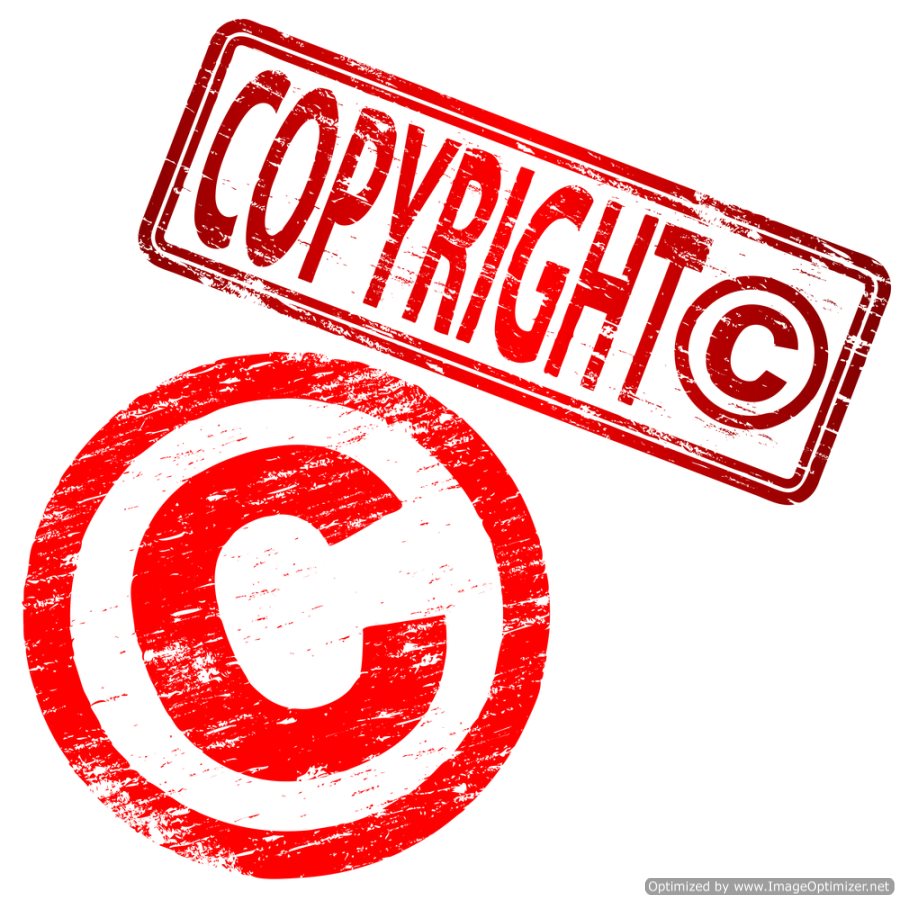This is my second quarter at National Louis University and this quarter I took Intro to Technology in the Classroom (TIE 300) with Dr. Cunningham. I am not at all tech savvy, I am lucky I know how to turn on the computer. I knew I was going to have some problems in this class, I used leave the class crying and thinking I would never pass this class. As the class progress and started doing more projects I can say that learn A LOT this quarter. I want to give credit to my wonderful class mates that sat to my right and to my left, they help me with what I didn't grasp. As adults we still learn as community learners.
In TIE 300 Dr. Cunningham had us do various projects. We set up various accounts: Twitter, Google emails, Blogger, Diigo. We also did two Google Docs projects, we did "Who am I as an Educator" and "Educational Tech Trend" which I did it in the interactive table. We also did a picktochart explaining TPACK. Our last projects was making a video about an important person in the history of computing. Final project is setting up a Professional Web site where we will link all our course work.
Not only did I learned how to do these projects but I take with me something more powerful. As educators we need to keep up with the knowledge of technology. If we want to keep our class innovated and our students engaged then we must use the technology that they use socially. Introducing the technology is just half the job, we need to understand how technology and content influence and constrain one another. In order for technology to be effective, teachers' knowledge about how to apply it is very important.
Friday, March 10, 2017
Tuesday, March 7, 2017
How does copyright law affect your use of technology in the classroom?
COPYRIGHT....IT'S THE LAW
What is the reasoning behind copyright? Without copyright anybody can take ownership of anything that has been created. Copyright is a protection for literary works, movies, music, sound recordings, paintings, photographs, the list goes on. It's protection ranks from commercial reproduction and financial loss for the creators. Who does it applies to? It applies equally to everyone that uses anything that has been created. Copyright Act 1976 emphasizes the right of "fair use" for reasons like teaching and making copies for classroom use. There are four criteria that must be present for a material to fall under the "fair use" concept.
- The nature of the reproduction use is for education.
- The nature of the copyright work:literary fiction, high level analysis, works of art.
- The quantity of work used: 3% used is a safe amount within fair use. More than 10% can be uncertain.
- Will it reduce creators ability to profit from it.
American classrooms has been affected because major media companies have used the power of the courtroom to seize such use like record labels and movie productions. For a teacher this can be confusing of their rights and responsibilities in the use of copyright materials. With this misinformation a teacher will be apprehensive in using digital media as an instructional tool. Students education in the 21st century will be short change by not being media literate in this digital world and teachers not keeping their class innovated in their content knowledge because of concerns of the copyright violations.
Wednesday, March 1, 2017
WHAT IS MEDIA LITERACY AND WHY IT'S IMPORTANT?
As a private citizen we have a responsibility to keep inform about what is going on in the world. For personal or professional growth we need to learn all the different approaches in keeping up with the times. As a student and learning all these new to me media can be overwhelming but at the same time it has made me feel competent, productive and not lost with current technology.
Subscribe to:
Comments (Atom)


